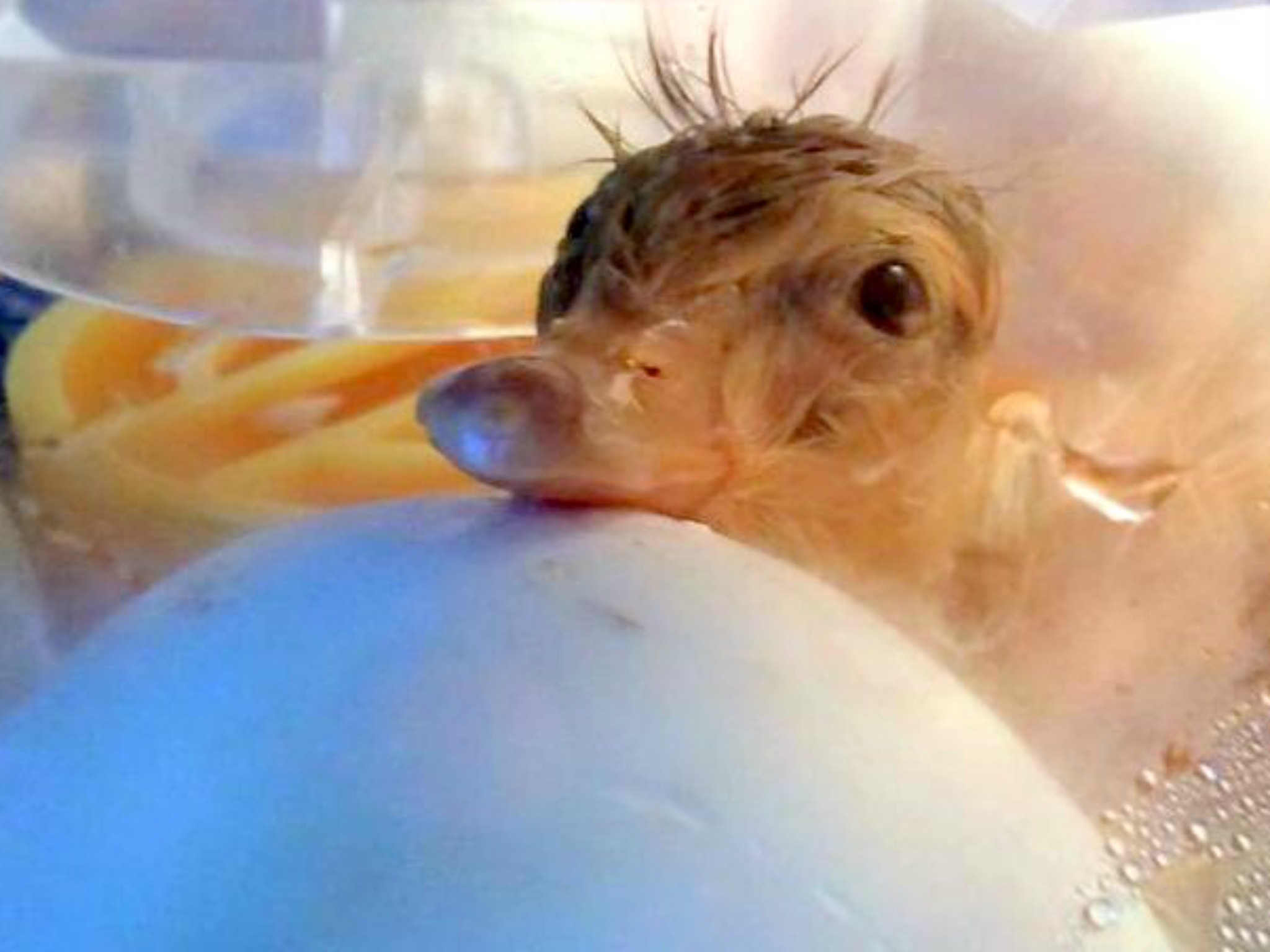
Contaminated eggs can explode and contaminate other eggs. If you see a reddish ring inside the egg, that ‘blood ring’ indicates bacteria has gotten inside and it should be discarded. By day ten, candling will show significant expansion of the air sac in the blunt end of the egg and a developing embryo.

This prevents the developing embryo from sticking to the shell.įive days into the incubation, you should be able to see some veining and development when you candle the eggs. If you are manually turning your eggs, you want to turn them a minimum of five times a day - turning 180 degrees side to side each time - so the egg spends every other night on the opposite side. The humidity level should be 45-55% for the first 25 days and then increased to 65% for the last three days. Place the eggs in the incubator with the pointy end down and set your incubator in a quiet location out of direct sunlight where it won’t be bothered by children or pets.ĭuck eggs incubate at a temperature between 99.3 and 99.6 (but again, check the setting for your particular model) for 28 days. This will serve as your guide when turning the eggs (if your incubator has an auto turner, you can skip this step). When you are ready to set your eggs, mark an X on one side with a pencil.

Eggs will stay viable for at least a week after being laid. Rotate the eggs side to side several times a day until you’ve collected enough to fill your incubator. Store your eggs pointy end down at a 45 degree angle in a cool location (around 60 degrees).
#Incubator for duck eggs cracked
“Candle” each egg to check for hairline cracks and discard any cracked eggs (use a regular flashlight and cup your hand around the beam to shine it through the shell). Don’t choose small or large eggs because they tend to not hatch well. Don’t wash them, instead carefully scrape off any muck with your fingernail or a rough sponge. If you have your own fertile eggs, pick the most uniform, preferably not covered with mud or manure. Shipped eggs are often jostled and have a far lower hatch rate than eggs that don’t have to be shipped. If you can find eggs from a local farm, that’s even better.

#Incubator for duck eggs manual
Various types of incubators work slightly differently, so it’s important to read the instruction manual for your particular model, but here are some general tips for a successful hatch.īe sure to order your hatching eggs from a reputable breeder or hatchery. sit on fertile eggs until they hatch), so hatching eggs in an incubator is generally your best bet. Hatching your own ducklings is a wonderful way to start, or add to, your backyard flock.


 0 kommentar(er)
0 kommentar(er)
